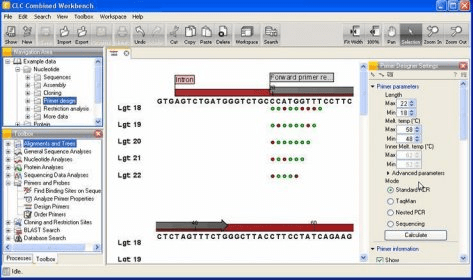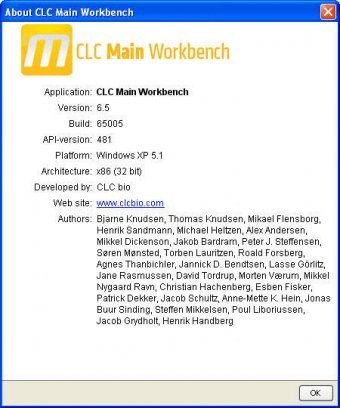

The captured library was denatured, followed by buffer exchange and concentration. We hybridized as much as 3000 ng library with the V5 probe. The adaptor ligation efficiency roughly estimated from the results of the bioanalyzer was about 70‒80% ( Fig 2). The size-selected DNA (4 μg) was ligated to the adaptor using KAPA Hyper prep kit. The results were corrected using VCF data of Illumina platinum genome NA12878 ( ) and compared among library preparation methods under the conditions of read coverage (the number of unique reads that include a given nucleotide) ≥ 20 and read count (the number of variant-supporting reads) ≥ 2.įirstly, to absolutely exclude fragmented DNA less than a sequence read length of 100 bp and easily confirm the status of adaptor ligation to the fragmented DNA, we began the experiment using DNA of 100 bp to 300 bp resulting from agarose-gel size selection for PCR-free library preparation. To analyze low-frequency mutations, basic variant detection operation was performed following local realignment operation. Duplicate PCR reads were removed from the XT-PCR library. All fastq reads were mapped to hg19 reference genome. Then, the reads of HS-UMI were re-imported into CLCGW. UMI consensus read sequences of HS-UMI were generated and those with family size (the number of reads in each family) less than 2 were removed.


After importing into CLCGW and adaptor trimming from fastq reads, only the reads of HS-UMI were imported into Strand NGS. Prior to importing into CLCGW, UMI reads of HS-UMI were attached to the head of read1 of HS-UMI, because the library prepared using SureSelect XT HS Reagent has a 10-bp UMI on the i5 index read. DRA008877, PRJDB8701).Īll data analyses were conducted using the CLC genomics Workbench (CLCGW, v12, QIAGEN), except the UMI consensus reads, which were made with alignment reads sharing the same UMI, of HS-UMI using Strand NGS (v3.3, Agilent). The raw data were deposited in the DNA Data Bank of Japan (DDBJ accession nos. All libraries were sequenced on an Illumina HiSeq 2500 system performing 100 bp paired-end reads. The libraries were directly mixed with another 10 pM UMI or non-UMI library diluted with HT1 buffer. Library quantification was conducted by qPCR with GenNext NGS library quantification kit (TOYOBO, Japan). The libraries were precipitated by adding 100 μL of isopropyl alcohol and the obtained pellet was washed once with 70% ethanol and then dissolved in 35 μL or 15 μL RNase-free water for PCRfree-Soni and PCRfree-Frag, respectively. Next, 5 μg of glycogen (Thermo Fisher Scientific) was added to the collected PCR-free captured libraries as a co-precipitant. After the released probes were removed with magnetic beads, the supernatant containing the single-stranded PCR-free libraries was neutralized with 50 μL of 200 mM Tris-HCl (pH 7.5). Library quantification and sequencing of PCR-free captured librariesĮluted PCR-free captured libraries (25 μL) were mixed with equal volume of 0.2 N NaOH and allowed to stand for 3 min at room temperature to separate the capture probes. Therefore, in the current study, we attempted to develop a PCR-free WES technique to detect rare mutations in a cost-effective manner. Furthermore, for clinical application, a large number of samples are required to check for rare de novo mutations in cancer tissues and quality inspection is required before transplantation of human iPS cells. However, the use of these UMI-based kits becomes expensive, even those for WES. Many kits with UMI are provided by manufacturers for DNA-Seq and RNA-Seq, and it has become easy for customers to utilize the kits, since most kits come with their own data analysis software. Moreover, duplex sequencing, in which the tags present on each end of the paired reads are utilized, is a very powerful method with extremely low error rates. UMI is a method that uses molecular tags to detect original sequence and quantify unique DNA and RNA molecules. Unique molecular identifier (UMI) has been developed to detect rare mutations with NGS. However, polymerase chain reaction (PCR) error during library preparation is the most resistant obstacle for detection of de novo, low-frequency mutations. The application of WES has been widened to analyses of somatic mutations. Whole exome sequencing (WES) with next-generation sequencing (NGS) is a powerful and cost-effective method for detecting mutations and small indels in all exons, and is widely utilized for analyses of inherited diseases.


 0 kommentar(er)
0 kommentar(er)
